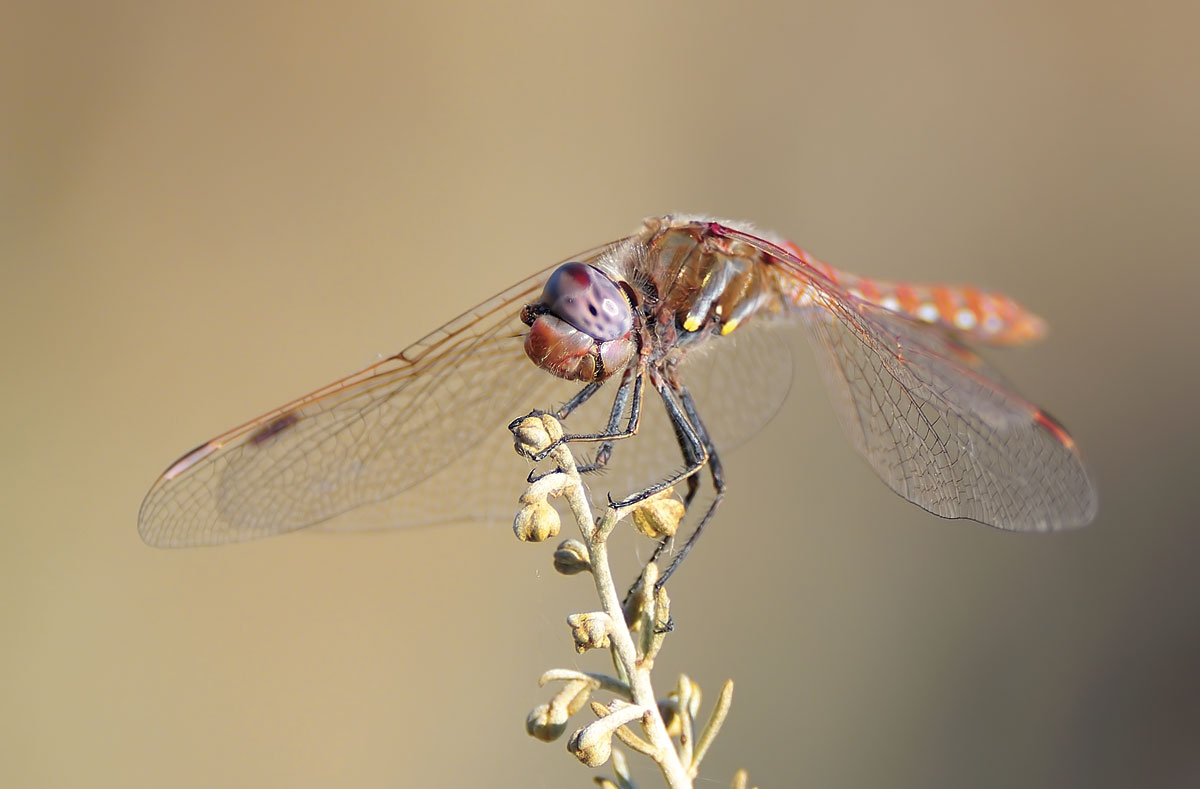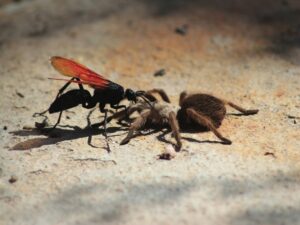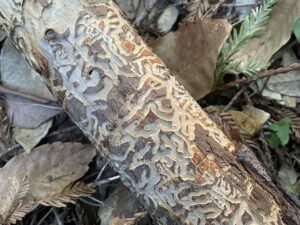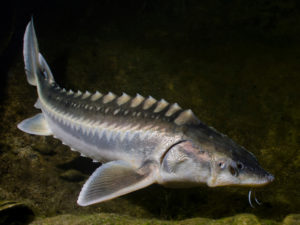Don’t look now, but the air column rising directly over your head is a frenetic place. Myriad seeds and silk and pollen—and also living animals—are zooming around, hundreds and even thousands of feet above you.
The bulk of aerial fauna are neither swifts nor sandpipers. They’re insects. A recent study in the U.K., using radar measurement, estimates the biomass of insects and arachnids hovering over southern England in the course of a year at 3,200 tons (seven times the mass of songbirds traveling south there in autumn).
Most insect voyagers are weak fliers, adrift on the winds. But a few are large and strong, able to actively propel themselves on stiff wings. They can cover vast distances on favorable winds. They can refuel en route, preying on other insects such as mosquitoes. Some can even time their journeys in rhythm with the seasons. We might call this…migration. And we’d be talking about Odonata—dragonflies—that migrate.
A remarkable subset of the world’s 6,200 known dragonfly species travels up and down the latitudes between warm, wet locales where they can reproduce. A dragonfly’s round-trip journey, like that of the monarch butterfly, takes two or more generations to complete. One famous example is the wandering glider, also known as the globe skimmer. Hordes of them cross the ocean between India and eastern Africa, riding monsoon winds back and forth over several generations. This species indeed skims the earth: Its worldwide distribution and extreme mobility suggest that it may have a single global population!
Here in western North America, “odonate” migration is far sparser, but at least nine species of dragonflies travel through the San Francisco Bay Area in autumn. The variegated meadowhawk, a flashy beast, is foremost among them. On the eighth of October last year, citizen scientists with Golden Gate Raptor Observatory (GGRO) logged a peak number of 269 meadowhawks coursing south above the Marin Headlands. GGRO has conducted “bug counts” in September and October since 2014. Along with variegated meadowhawks it also documents, in smaller numbers, common green darners, blue-eyed darners, black saddlebags, flame skimmers, cardinal meadowhawks, red saddlebags, spot-winged gliders, and 12-spotted skimmers. Dragonflies are using the same flyway as hawks and falcons!
Yet the details of dragonfly migration along the West Coast remain subjects of surmise. Where do the meadowhawks et al. begin and end their autumn journeys, and where on earth do they travel in spring?
In a project led by the Xerces Society, best known for its butterfly conservation work, dragonfly experts and federal agencies from the U.S., Mexico, and Canada studied the common green darner, a chunky flyer, with green eyes and thorax (in the males), that travels in very large numbers up and down the Atlantic and central flyways (and in lesser numbers on our coast). Citizen scientists collected green darners at diverse locations and latitudes; then researchers chemically analyzed the hard skeletal remains.
Dragonflies begin life as larvae living in ponds, where they take up isotopes of hydrogen that are permanently stored in their bodies. Particular ratios among stable hydrogen isotopes allow scientists to estimate the latitude where individual dragonflies originated. This process can provide a chemical signature of a dragon-fly’s distance traveled. For example, an August specimen from Cape May, New Jersey, might be shown to have originated in upstate New York.
This pioneering study, though it lasted only four years, established a viable method for determining localities of dragonflies’ emergence, in regions where the big insects are sufficiently numerous.
Here in the Pacific Flyway, with our more arid climate, the seasonal flow of dragonflies is much sparser, and so is knowledge of their migratory patterns. Yet dragonflies have a firm hold on people’s attention, here as everywhere. Enthusiasts in the Bay Area are adding to regional knowledge about where and when odonate species occur. Their records take the form of gorgeous photos in Western Odonata, a public Facebook group, as well as sightings in the online database OdonataCentral.org.
And this fall, a human visitor to the Marin Headlands might spot citizen scientists peering into the sky or scanning the land to document the dragonflies passing by or hanging out in the coastal scrub. Variegated meadowhawks and other migratory species tend to cluster, sometimes at ground level, in early autumn. If seen in a meadow or marsh, a bunch of big flashy dragonflies could well be long-distance migrants socializing at a rest stop.





